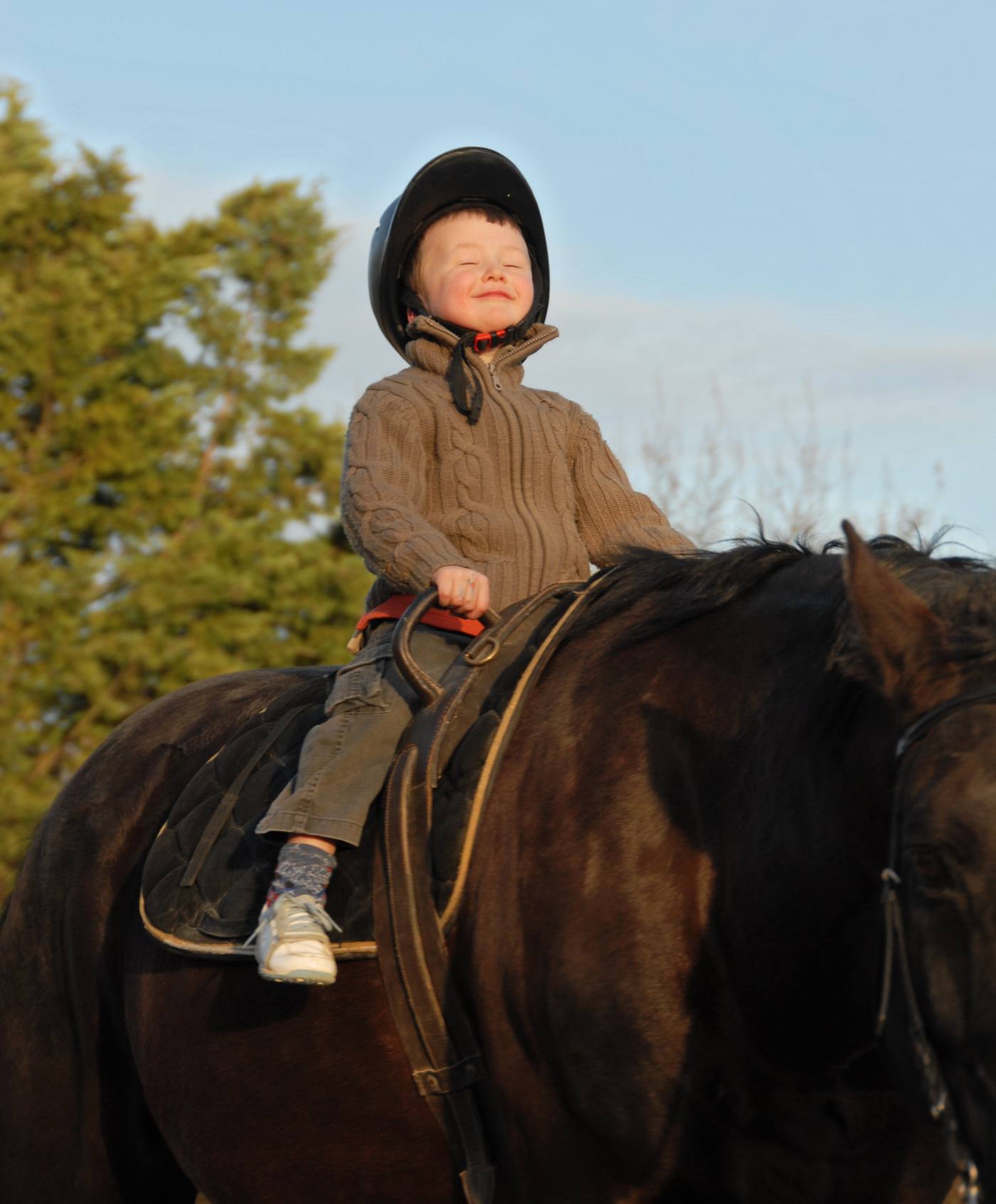Got a sweet-natured daughter who needs to find her own voice? Have a thoughtful son who isn’t inclined toward team sports? Eager to teach your kids useful, real-world skills like empathy, responsibility, confidence, and leadership?
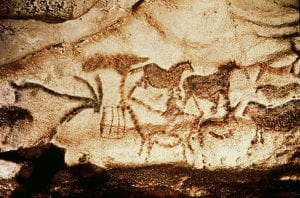
Well folks, plop your child onto a horse and watch something truly magical unfold. After all, horses have been raising the bar on human intelligence for thousands of years, no doubt explaining why horses are key players in so many of our maxims and idioms (e.g. don’t look a gift horse in the mouth; hold your horses; straight from the horse’s mouth; etc.).
So what can a horse teach your child, especially in an era when parent and child alike are struggling against a rapidly rising digital tide and its many ill effects?
Responsibility: The Horse Comes First
Children, quite naturally, are self-absorbed. And as all parents know, changing that equation can be a long and frustrating task. This is where a 1,200-pound animal can help.
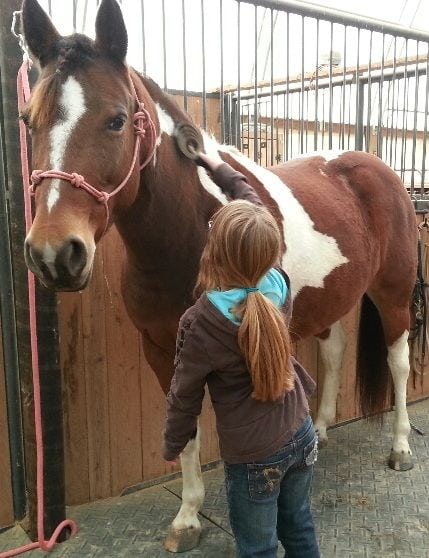
“We teach kids right away that the horse’s needs come first,” says Christine Vitkus, co-owner and trainer at Red Gate Farm. “If the horse’s foot hurts the day you come to ride, you don’t ride him. If you both come back from a ride hot and sweaty, you wash and cool down the horse first, then take care of yourself. This is an entirely new mindset for most kids.”
This level of commitment and accountability is central to all equestrian clubs, and is why so many young riders develop a level of maturity that belies their years.
“The things that keep the barn doors open here is the pure joy that I see from the kids that ride here, as well as the incredible work ethic that I see from the majority of them,” says Mark Daley, owner of Little Burgundy Farm. “We teach horsemanship rather than JUST riding, which means the kids must learn to care for the animals, take care of chores, even muck the stalls. And it always amazes me to see how the kids enjoy the whole experience.”
Echoes Mackenzie Parks, owner and lead instructor at Twin Oaks Riding Academy. “I have to remind myself sometimes that these kids are so young because they become so responsible. They come into the barn, take care of the horses, clean the stalls, make sure the tack is organized, and I haven’t said a thing. And they’re 12!”
Empathy: An Unspoken Connection
Research has long shown that empathy – the ability to recognize and understand the feelings of others – is absolutely critical to a person’s professional successful, stability in relationships, and overall happiness (you know, all those things parents want for their kids).
Unfortunately, there is growing evidence that kids aren’t developing empathy. Why? Because digital tech is limiting their ability to read body language, facial expressions, voice inflections, and all those other non-verbal cues that make up most of how we humans communicate.
What’s a parent to do? Call in the cavalry, of course.

Because horses communicate in a variety of ways, many of them subtle and all of them non-verbal, horses offer kids an excellent opportunity to learn how to listen and watch for those cues. The more attuned the child, the better her understanding of the horse and, by extension, the stronger her empathy skills.
But that’s just half the equation. Because horses – thanks to those thousands of years of working with humans – have developed a finely tuned capacity to read us and our moods as well. Research shows horses even read and react to human emotions displayed in photographs! Yes, it’s entirely possible horses enjoy stronger empathy skills than many humans.
The result of this empathetic feedback loop, says Richard Griffin, an Equus coach who often runs instructional programs at Little Burgundy Farm, is the emergence of “a secret language that only the rider and the horse understand. When it is done well, it is art, it is beautiful and graceful and spiritual.”
Which helps to explain why young horse people grow into adults with finely tuned empathetic skills – skills that serve them well within their own human herds.
“Kids have to learn to understand the emotions of each animal, its abilities, its habits and character,” says Timothy Majewski who, along with his wife, Cheryl, owns and operates Tamarack Stables. “Working with a horse is a great education for understanding and working with humans later in life.”
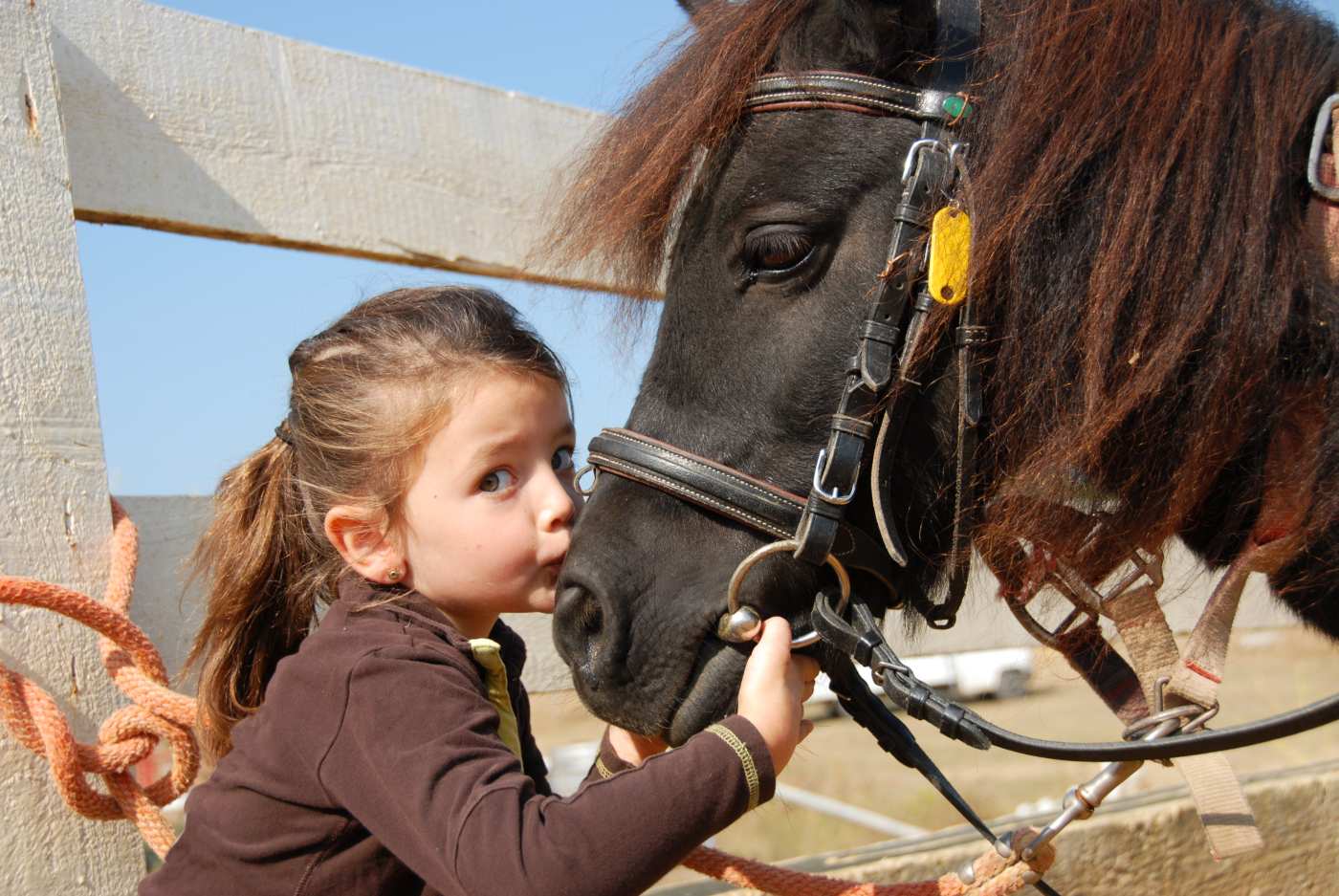
Which also is why Tamarack and equestrian centers like it encourage kids to ride different horses over time. This teaches kids to pay careful attention to each animal’s personality and adjust their own habits accordingly – a unique skill that will help those children navigate the exceedingly complicated world of human beings.
Assertiveness: Leadership Through Responsibility
Girls constitute the vast majority of young riders, which isn’t necessarily a bad thing in the eyes of some stable owners. “Horseback riding is great for girls,” says Vitkus, “because it encourages them to develop a voice of their own. The horse won’t do anything until you tell it to, so even if you’re shy or introverted or not accustomed to speaking up, the horse will change that.”
And as most of us know, with leadership comes responsibility. Meaning, kids are required not only to take care of their horses, but also their environment. Stalls and tack (horse riding equipment) are to be kept clean, in order, and in their proper place.
Mackenzie has found that horseback riding seems to be particularly popular with kids who aren’t necessarily in the mainstream, are introverted, or aren’t especially interested in team sports.
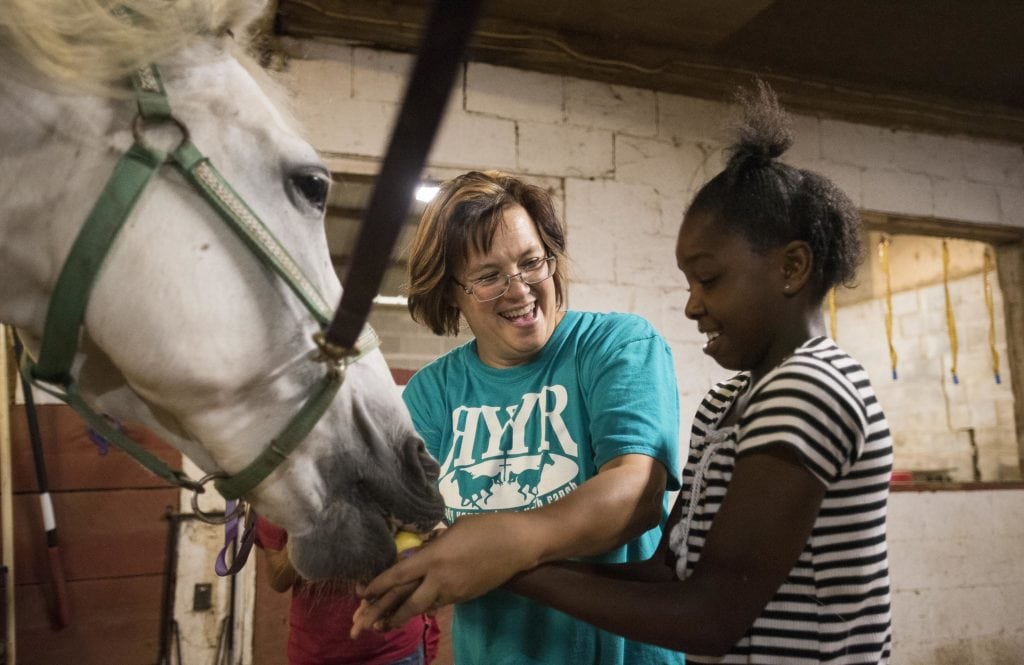
“I’ll have parents show up with kids who aren’t into soccer, swimming, basketball, and they’re a bit frustrated, and then the child absolutely lights up with a horse,” she says. “Something just clicks inside them and they’re more comfortable in a saddle than on a soccer field.”
The quiet, empathetic relationship that develops between a horse and its rider helps these kids to see that being introverted or different isn’t a bad thing. Yet at the same time, it teaches them to be assertive, to tell the horse what they want and expect from it.
Majewski and others tell us that their young riders definitely mature faster than kids who don’t ride. “A lot of these kids come back to volunteer at our camps and later they find themselves in demand by employers. You grow up faster learning to work with and take care of animals this size.”
As kids’ experience and comfort with horses grows, many equestrian centers offer higher degrees of challenge, including trail rides and show competitions. For some, horseback riding becomes a lifelong love affair.
Confidence: Get Back on the Horse
A life lesson that just about every parent, coach, or counselor has trotted out at some point with kids, is some variation of this: “When you fall off the horse, it’s important to get back on.”
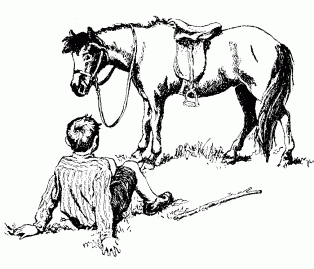
As in, life is going to deal you setbacks. What’s important isn’t how often you fall, it’s how often you get back up and try again.
Given the growing concern over younger generations that quit at the first sign of difficulty or impediments, horses can teach kids resilience, perseverance, and the confidence that comes with it.
“Consider a horse from the perspective of a child,” says Griffin. “There stands a 1,200-pound animal the child must learn to saddle, clean its hooves, lead to the arena or stall, line properly with the steps, mount, and learn to tell the horse to do what he or she wants it to do. Riding is a spectacular way for a child to develop self-confidence.”
And perseverance. Because riding a horse, learning to successfully command it, involves lots of failure, and patience, and persistence.
Vitkus shared the story of her daughter’s Valedictory speech, which included this poignant line: “I never counted how many times I fell off a horse. But I can tell you it equaled the number of times I got back on.”
A Few Words on Safety
Speaking of falling off a horse….
Anyone who ever climbed aboard a horse no doubt recalls the admixture of fear and exhilaration that came with it. Not only are your legs wrapped around more than a half-ton of twitchy muscle, good old mother earth suddenly seems a long way down.
Which no doubt is why more than a few parents get a bit twitchy themselves when they think about strapping their beloved child onto a horse.
Not to worry, advise the experts.
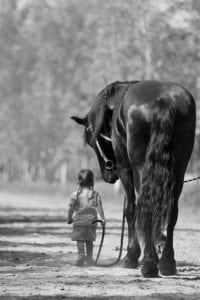
Yes, at some point your child almost certainly will fall. But the confidence and maturity that comes with recognizing, embracing, and overcoming such challenges is precisely what parents most want for their kids – kids, mind you, who soon enough will slip behind the wheel of a much more dangerous machine powered not by one, but by hundreds of horsepower.
“Look, anytime you get on something that moves – a skateboard, a bicycle, a horse – you take a risk,” says Vitkus. “When you get on an animal with a mind of its own, you have a risk of falling off. And eventually, you will.”
She adds the humorous story of a child who rode for years without ever falling off a horse. “She got to the point where she was so anxious about what it would be like that she wanted to fall off. And finally she did and discovered, like every kid who had fallen before her, that it’s not that big a deal. You brush yourself off and get back on the horse.”
It also should be noted that stables and equestrian centers take numerous precautions to protect kids, including carefully choosing the most docile horses for early riders, creating soft riding surfaces for those inevitable falls, and mandatory helmets.
Saddle Up!
So there you have it. In an era when too many kids are glued to screens, losing their ability to connect and communicate, and resisting the outdoors, give yourselves a break, mom and dad, and let a horse do some of the teaching for you.
